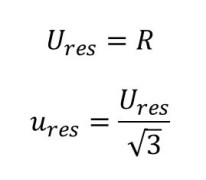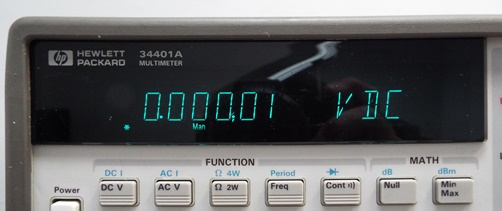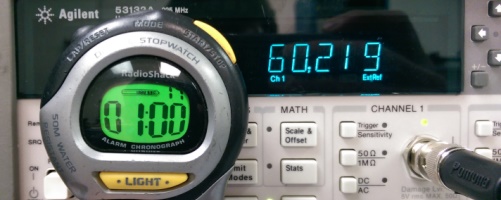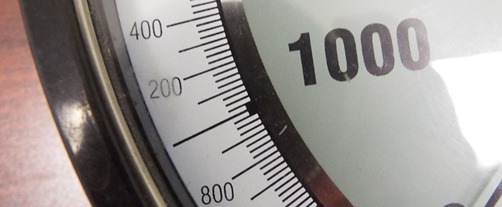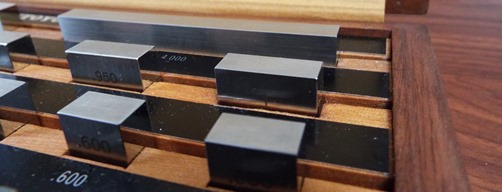Quantifying UUT resolution uncertainty can vary significantly depending upon a device’s design, functionality, and operation. The resolution of a digital device may not be evaluated in the same manner as an analog device or artifact. Additionally, the resolution of similar devices may vary depending on how it is used. This makes the evaluation of resolution uncertainty unique. In this article, we will review several types of devices and how their resolution is quantified and evaluated before combining their uncertainty with other influences.
Why It Matters
Resolution is finite. It is the smallest incremented value or the smallest physically indicated division that an instrument displays or is marked. Additionally, it is a limitation of our measurement capability and quality. When performing comparative measurements (i.e. calibration) between a reference standard and a unit under test, the results are limited by the equipment with the least resolution. Therefore, it is important that we appropriately quantify resolution uncertainty and include it in our reported estimations and expressions.
Digital Devices that Round
Devices that round (e.g. multimeters), sample a continuous input signal and use registers which count, average, and round the least significant, displayed digit. In most devices, the least significant digit is rounded up or down using conventional rounding. Therefore, the value is rounded up for half-digits that are equal to five and above, and down for half-digit values that are four and below. When measurement devices operate in this manner, it is acceptable to consider the resolution uncertainty as one-half the least significant digit.
Where,
R = resolution
Ures = resolution uncertainty
ures = standard or reduced resolution uncertainty
Digital Devices that Count
Devices that count (e.g. stopwatches) do not round. Instead they increment the least significant digit by counting in series; typically, in a single direction. For these types of devices, we should determine the resolution uncertainty the smallest incrementing value of the least significant digit.
Analog and Scale Devices
Analog and scale devices lack a digital display. Instead, they use a scale to provide an indication or representation of the measurement result. The resolution of the measurement is dependent upon the readability and incremental spacing of the scale divisions. Most analog devices are considered to have a resolution uncertainty of one-half of the smallest scale division. However, resolution uncertainty estimates can be improved with tools, such as a magnifying glass or a camera, and the skill of an experienced operator.
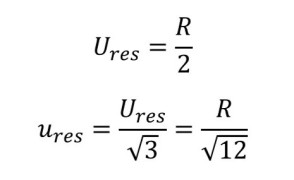
Artifacts
Artifacts (e.g. gage blocks) are devices which are manufactured to yield an approximated value. These devices do not have a scale or display. Instead their value is limited by the capability of the instrument which measures it. Therefore, our measurement result is limited by the artifact’s certified value or the device used to measure it.
